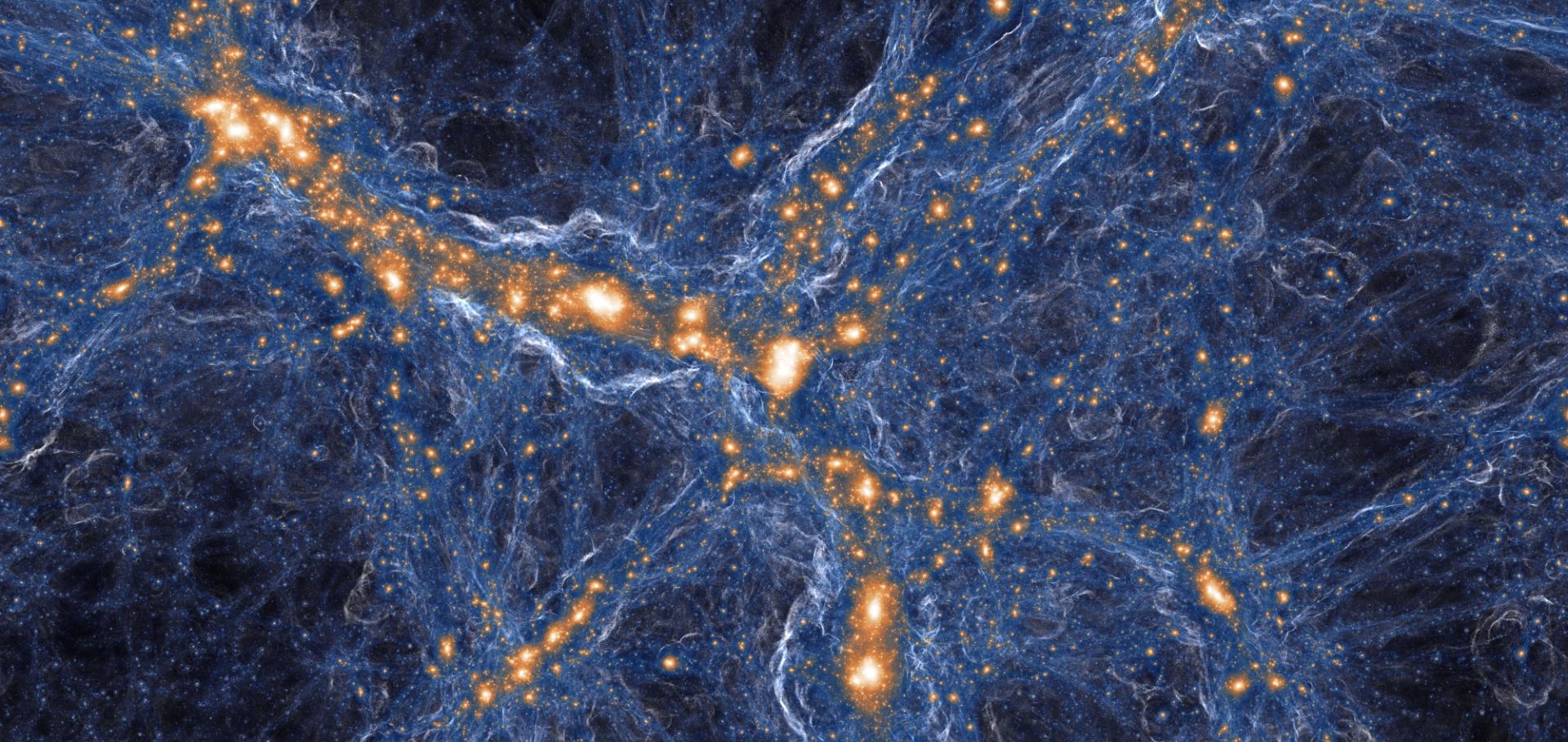Cosmology from HSC Y1 weak lensing data with combined higher-order statistics and simulation-based inference
Physical Review D American Physical Society (APS) 111:8 (2025) 083510
Cosmological constraints using Minkowski functionals from the first year data of the Hyper Suprime-Cam
Monthly Notices of the Royal Astronomical Society Oxford University Press (OUP) 537:4 (2025) 3553-3560
Fast projected bispectra: the filter-square approach
Open Journal of Astrophysics Maynooth Academic Publishing 8 (2025)
Abstract:
The study of third-order statistics in large-scale structure analyses has been hampered by the increased complexity of bispectrum estimators (compared to power spectra), the large dimensionality of the data vector, and the difficulty in estimating its covariance matrix. In this paper we present the filtered-squared bispectrum (FSB), an estimator of the projected bispectrum effectively consisting of the cross-correlation between the square of a field filtered on a range of scales and the original field. Within this formalism, we are able to recycle much of the infrastructure built around power spectrum measurement to construct an estimator that is both fast and robust against mode-coupling effects caused by incomplete sky observations. Furthermore, we demonstrate that the existing techniques for the estimation of analytical power spectrum covariances can be used within this formalism to calculate the bispectrum covariance at very high accuracy, naturally accounting for the most relevant Gaussian and non-Gaussian contributions in a model-independent manner.
Optimising marked power spectra for cosmology
Monthly Notices of the Royal Astronomical Society Oxford University Press 535:4 (2024) 3129-3140


